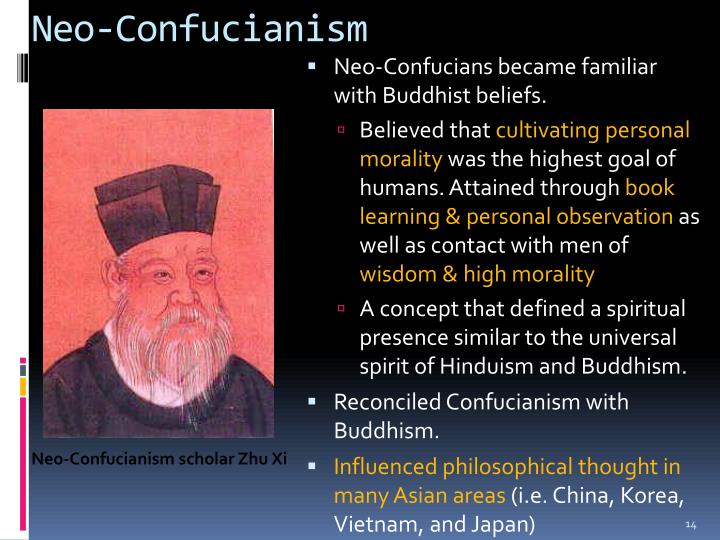



Changsha Gardens were not as skilled as Jiangnan Gardens, and the style was not as prominent as other regional schools of gardens. However, it relied too much on borrowing natural scenery and the pragmatism of the Hunan culture, which might have affected the progress of landscaping techniques and the development of Changsha Gardens. Planting design focused on meaning over form, with landscapes used to commemorate sages and promote the farming and reading culture and other Confucian values. The use of spring water to create landscapes and the rectangular shapes of the water bodies reflected Neo-Confucianism and practical functions. Landscape architects incorporated towers, terraces, and suburban mountain gardening to borrow scenery. Private gardens placed more emphasis on artistic mood and cultural implications. The royal gardens, dominated by literati aesthetics, set the trend for development, while the landscaping techniques were influenced by Jiangnan Gardens. Our findings reveal that gardening flourished in Changsha during this period. Through document retrieval, review, and map analysis, we reconstructed the Changsha Gardens during the Ming Dynasty. Despite the growing interest in Chinese gardens, there is a lack of research on Changsha Gardens.


 0 kommentar(er)
0 kommentar(er)
